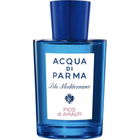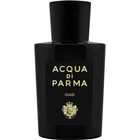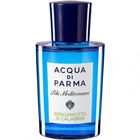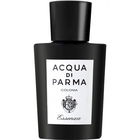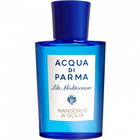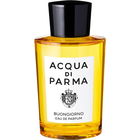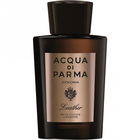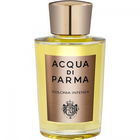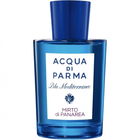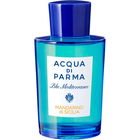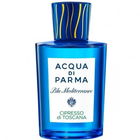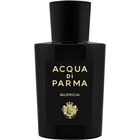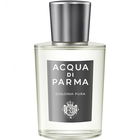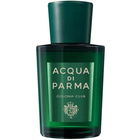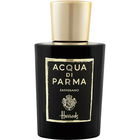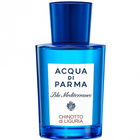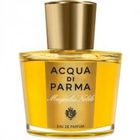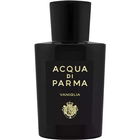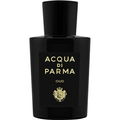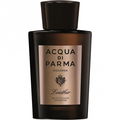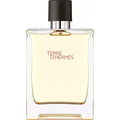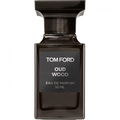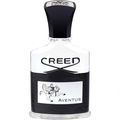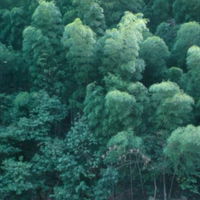
MasterLi
376 Reviews

MasterLi
Top Review
3
An elegantly made and beautiful eau de cologne...
Colonia by Aqua di Parma may just be the Rolls Royce of eau de colognes. There are some instances where I liken this fragrance to a hand-crafted, elegant, luxury car. It's not so different in structure to many of the eau de colognes out there, true, but it's executed ever so beautifully.
With that being said, yes, it does develop much like an eau de cologne, the characteristic drawback being, it doesn't last so long. However that can be overlooked I believe, by it's smell.
It definitely doesn't smell generic. It reminds me of something very polished and luxurious, but it's a kind of carefree, relaxed luxury... not a stuffy, privileged and exclusive one.
The fragrance opens up with bergamot and lemon, and coupled with aromatic and rich lavender and aromatic rosemary, with hints of solid vetiver. I can also detect the coumarin in the base, and the floral undercurrent of rose, neroli and jasmine. It's such a great experience really.
It's absolutely unisex, and I highly recommend it as an experience. I do prefer other versions to this though (a favourite being Chanel pour Monsieur which I feel has more development than this).Dior - Eau Sauvage is also a strong contender. In terms of a favourite pure eau de cologne, I also like Guerlain - Eau de Fleurs de Cedrat.
However, all being said, this reminds me of a well dressed, elegant young person, who enters a room and catches the centre of attention there. They make an impact on everyone around them, and everyone is intrigued, impressed and interested in them, and want to spend time in their company. Then, as soon as they came in, they go out... leaving everyone in awe. This describes the experience I have of this one. Brilliant and dazzling in the start and beginning, then mellowing into something confidant and relaxed, before slowly fading away and vanishing. Beautiful & elegant, but eventually fleeting. Who said good things always have to last forever? It's definitely worth a try.
With that being said, yes, it does develop much like an eau de cologne, the characteristic drawback being, it doesn't last so long. However that can be overlooked I believe, by it's smell.
It definitely doesn't smell generic. It reminds me of something very polished and luxurious, but it's a kind of carefree, relaxed luxury... not a stuffy, privileged and exclusive one.
The fragrance opens up with bergamot and lemon, and coupled with aromatic and rich lavender and aromatic rosemary, with hints of solid vetiver. I can also detect the coumarin in the base, and the floral undercurrent of rose, neroli and jasmine. It's such a great experience really.
It's absolutely unisex, and I highly recommend it as an experience. I do prefer other versions to this though (a favourite being Chanel pour Monsieur which I feel has more development than this).Dior - Eau Sauvage is also a strong contender. In terms of a favourite pure eau de cologne, I also like Guerlain - Eau de Fleurs de Cedrat.
However, all being said, this reminds me of a well dressed, elegant young person, who enters a room and catches the centre of attention there. They make an impact on everyone around them, and everyone is intrigued, impressed and interested in them, and want to spend time in their company. Then, as soon as they came in, they go out... leaving everyone in awe. This describes the experience I have of this one. Brilliant and dazzling in the start and beginning, then mellowing into something confidant and relaxed, before slowly fading away and vanishing. Beautiful & elegant, but eventually fleeting. Who said good things always have to last forever? It's definitely worth a try.




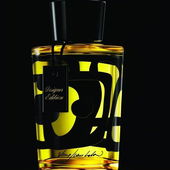
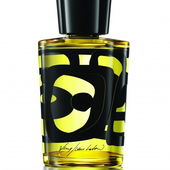
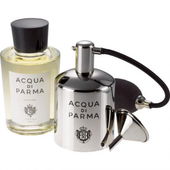
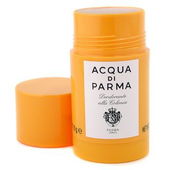
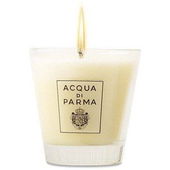
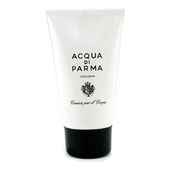
 Top Notes
Top Notes  Lemon
Lemon Calabrian bergamot
Calabrian bergamot Orange
Orange Heart Notes
Heart Notes  Lavender
Lavender Vervain
Vervain Bulgarian rose
Bulgarian rose Rosemary
Rosemary Base Notes
Base Notes  Patchouli
Patchouli Sandalwood
Sandalwood Vetiver
Vetiver



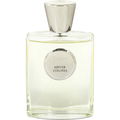

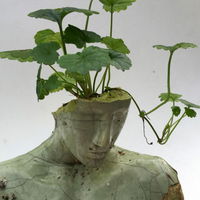



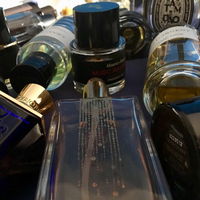

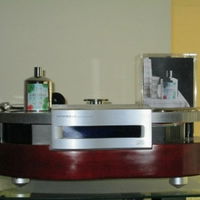

 Kaizen33
Kaizen33 Skoenig
Skoenig SonyCrockett
SonyCrockett Jvorlicek
Jvorlicek Syed
Syed Fragaddict12
Fragaddict12 GeorgeReid
GeorgeReid JohnnyBlack
JohnnyBlack SDempster70
SDempster70 Itchynose
Itchynose